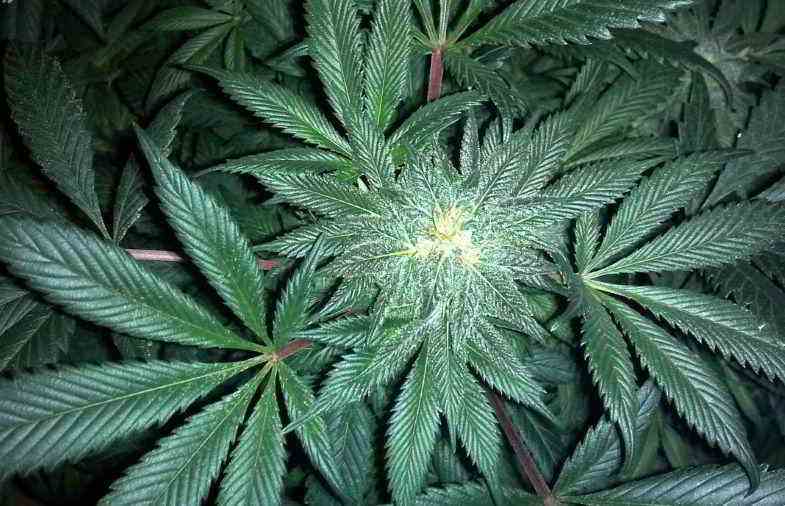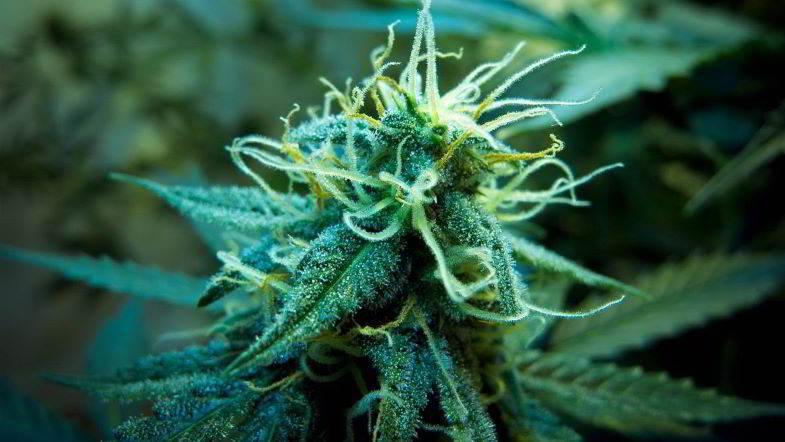Published on: 09/08/2021
Terpenes and cannabis: find out what they are, what they are for and how they interact with other substances produced by the plant
Do you know that characteristic scent that cannabis plants give off?
It’s all about the terpenes.
Terpenes are volatile molecules naturally produced by the glands of cannabis plants (trichomes), responsible for the presence of particular aromas and flavors.
Depending on the type of marijuana seeds from which the plant is derived, terpenes can also change considerably.
But why?
Want to find out more about the diverse world of cannabis terpenes and their effects?
Here’s what terpenes are, what they’re for and how they interact with other substances in the plant.


What are cannabis terpenes?
Terpenes are essential oils produced by plants and fruits of various kinds, characterized by pronounced aromas and flavors.
These are substances that have a very specific role within the ecosystem of plants: some have the purpose of removing insects and predators, others to attract insects useful to trigger the pollination process.
When smelling an orange, a lemon or mint leaves, you feel very precise and recognizable scents, the merit is precisely of the terpenes, and the same thing happens in marijuana plants.
In the past, the association terpenes and cannabis was taken lightly, but today we know how important these substances can be and also what kind of aromas and effects they could generate based on the type of cannabis seeds from which the plants derive.
Terpenes contained in cannabis mainly belong to two categories: monoterpenes and sesquiterpenes.
- Monoterpenes are characterized by very small dimensions and are practically volatile. The aroma of these terpenes is immediately perceptible as soon as you take an inflorescence of marijuana in your hands.
- Sequiterpenes, on the other hand, are larger in size and heavier, so they are less volatile and their aroma is more perceptible than anything else when the cannabis buds are burned.
In marijuana plants, however, terpenes as well as characterizing the scent and aromas of the plant, also act as modulators of the effect of cannabinoids due to a phenomenon called the “entourage effect”.
Let’s find out what it is.
Read also: What is CBG and how it is present in cannabis plants
Terpenes, hemp and entourage effect: here’s what you need to know
The entourage effect is a mechanism by which all chemicals produced by hemp (phytocomplex) interact with each other to generate countless effects.
For example, as THC and CBD interact with each other (CBD is able to alleviate some side effects of THC), the various types of terpenes also act on the effects of cannabinoids and other substances, to give shape to a more balanced mix of chemical phytostances.
Of course, depending on whether you plant fast seeds, feminized or autoflowering seeds with certain characteristics, the production of cannabis terpenes can also vary.
Think that hemp sativa can get to have as many as 120 different types of terpenes!
Depending on the combination and overlap of cannabinoids and terpenes, the effects and properties of each cannabis species can also be completely different: that’s why certain varieties of hemp have mostly therapeutic effects, while other varieties have a predominance of psychotropic effects.


The 7 most common cannabis terpenes
Although the types of terpenes that hemp produces are many, the most common and that it is possible to find in almost all species are 7.
Let’s find out the three terpenes that are on the podium and the others following.
- Myrcene
- Myrcene is the most common cannabis terpene ever, also present in hops and other plants, this terpene reminds a bit of the typical aroma of cloves. It has calming and relaxing properties, but also analgesic and anti-inflammatory, it also seems that, in association with THC, it amplifies its psychotropic effects.
- Limonene
- As the name itself predicts, this terpene is characterized by citrus scents that recall the scent of lemon. It is the second most common terpene and one of the best known ever. Limonene has antibacterial and antifungal properties, promotes concentration and good mood and is widely used in many sectors. According to some research, limonene could even be useful to prevent the growth of some tumors, but mostly it is used in the world of cosmetics.
- Linalool
- At the third place in the ranking of the most common cannabis terpenes is linalool, which resembles lavender both from an aromatic and effect point of view. It has sedative and calming, analgesic and, it seems, even antiepileptic properties.
In addition to the three terpenes that we have introduced above, depending on the genetics of feminized seeds or any other type from which the plants were born, but also on the climatic conditions, many other aromas and flavors may be present, but above all there could be:
- beta-caryophyllene;
- pinene;
- terpineol;
- nerolidol.
Read also: End of Cannabis Flowering: These are the most common techniques for a successful harvest.
To conclude
The role of terpenes in cannabis is very important and now you also know what it is.
The scents and aromas of hemp are not only used to make the plant more pleasant and unmistakable, but also to protect it from pest attacks and to create a synergy of actions with all the other chemical agents produced by the plant.
That being said, if the world of hemp fascinates you and you’re a seed collector, we encourage you to check out our Sensoryseeds online store.
You can buy the best quality cannabis seeds online to enrich your board.
We are waiting for you!









